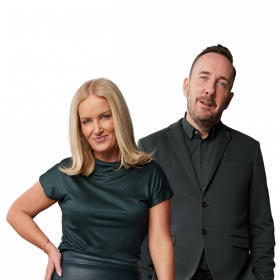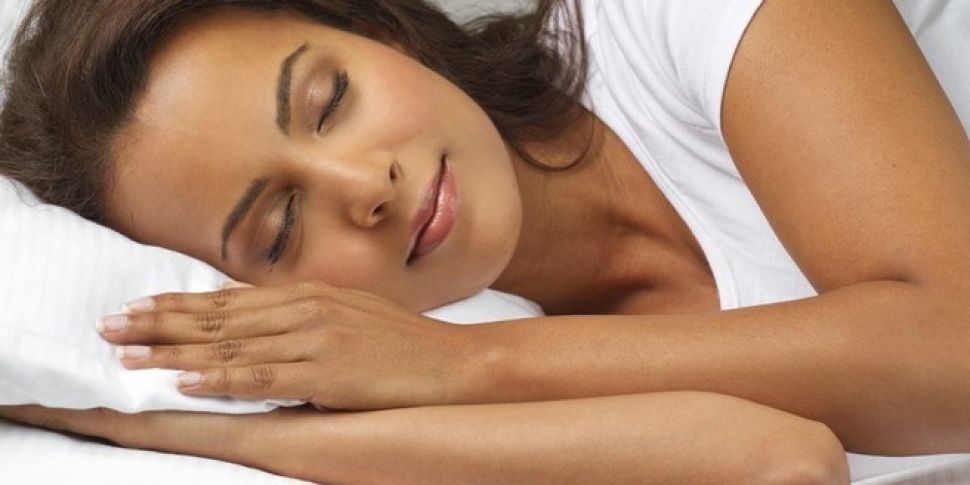Many of us live busy lives and would do anything to find the perfect night's sleep. As a bit of a social media addict, I often find myself online in the wee hours staring at my phone and then complaining about my inability to sleep.
Scientists have been telling us for some time now that the blue hew omitted by smart devices engage the brain and can lead to a poor night's sleep. The American Medical Association’s Council on Science and Public Health's 2012 report concluded: “…exposure to excessive light at night, including extended use of various electronic media, can disrupt sleep or exacerbate sleep disorders”.
Research suggests that exposure to blue light before sleep may distort your natural (circadian) rhythm and cause inability to fall asleep. The cause is the photoreceptor in your eyes, called Melanopsin. This receptor is sensitive to a narrow band of blue light in the 460-480nm range which may suppress Melatonin production - a hormone responsible for your healthy sleep-wake cycles.
Twitter recently unveiled their "Night-Mode" feature, but here's some other applications that might help.
Twilight:
The Twilight app makes your device screen adapt to the time of the day. It filters the flux of blue light emitted by your phone or tablet after sunset and protects your eyes with a soft and pleasant red filter. The filter intensity is smoothly adjusted to the sun cycle based on your local sunset and sunrise times.
Sleep as Android:
Sleep As Android is (as the name implies) Android only, but it does a great job of watching your sleep cycles. Originally it was intended to just wake you gently at the best possible time of the morning when your sleep cycle was at the best time for you to rise, but the app has come a long way since then. The app still helps you track your sleep and shows you graphs of your sleep habits overnight, but the app will also warn you if you're running on a sleep deficit and you should get back into a regular sleeping pattern.









